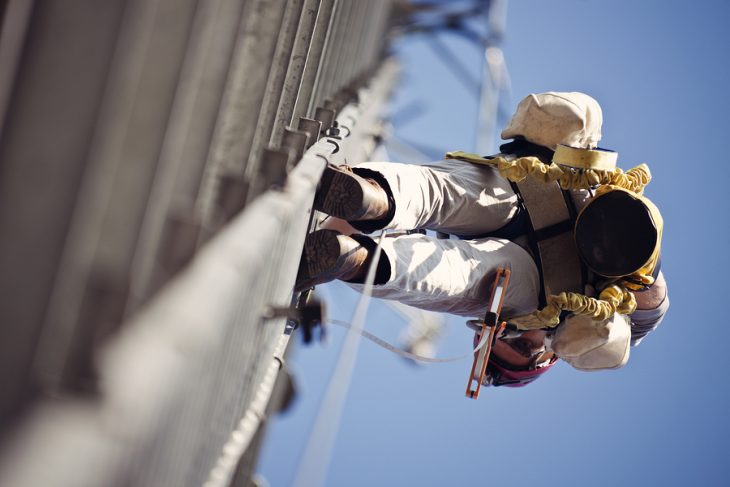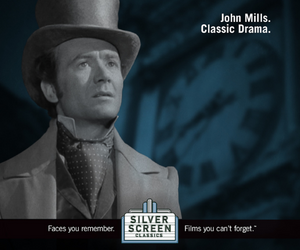
TORONTO – Canada's wireless tower owners are putting too much pressure on tower consulting and construction companies to cut their costs, the inaugural conference of a new industry safety association was told today.
Tom Vardy, president of Fredericton-based Varcon Inc., a tower consulting engineering firm, complained Monday that tower owners are "bashing" suppliers so much he’s concerned worker safety will be affected. "Pressure for unrealistic service provider pricing is getting ridiculous," he said. "That's what got the United States (communications tower industry) in the (safety) hole they were in 10-15 years ago. As a Canadian group I would say let's avoid that.”
"Do you want me to cut back training, use substandard safety equipment? Otherwise you've got to stop this insistent pressure on pricing."
In an interview it was suggested that tower owners are asking for cuts in dollars, not services. "Realistically that's not possible," Vardy replied. "Safety has a cost, and if that cost is not accommodated, safety is impacted."
He made the comments during his presentation in Toronto at the first conference of the fledgling Structure, Tower and Antenna Council (STAC), a branch of the Canadian Wireless Telecommunications Association. The council, officially created in January after 18 months of discussion, brings together carriers, tower suppliers, tower climbers, technicians and equipment makers in one forum to improve worker safety.
Conference organizers say safety in this country has been pretty good — although they add that it can always be improved. According to Wireless Estimator, a U.S.-based service, between 2003 and 2009 there was only one communications tower-related fatality in Canada, compared to 70 in the U.S. The last death here was in 2013; the previous fatality was in 2010.
It was in 2014 when representatives from nine companies – carriers Bell Canada, Rogers Communications and Telus; SBA Communications Corp, which owns and operates towers; Telecon Group, Tiller Engineering, Trylon, WesTower Communications and WSP approached the CTWA about creating a safety group. Videotron joined later.
It now has about 45 members from all sides of the industry. Any member of the CWTA can join. So far five sub-committees have been set up: Workplace health and safety; RF awareness; national safety codes for commercial vehicles); contractor qualifications; and engineering guidelines and practices.
Keith Ranney, national director of implementation at Bell Canada, is responsible for tower and antenna site acquisition and construction project management for Bell Canada, and sits on the STAC steering committee and is also conference co-chair. STAC's mission, he said, is to ensure safety of all personnel involved with towers or related infrastructure, educate the industry on consistent standards, polices and best practices, and to provide a unified voice for the industry.
"We want our workers at all levels to come home every night to their families." – Clay Parchewsky, WesTower
Creating STAC is "long overdue," he said in an interview. "Managing the tower structures at Bell I've seen a lot of interesting best practices out there and I thought that each of the vendors’ companies could learn from each other. I believe we can come up with common standards to manage the industry."
There is no lack of standards: The CSA Group (formerly known as the Canadian Standards Association) has 16 standards alone on fall protection for high structures, noted Rob O'Neil, chairman of a CSA Group fall protection standards technical committee. He also works for the fall protection group at 3M, a manufacturer of worker safety equipment.
However, he added, in an interview, "I think we still have a lack of end-user and middle management knowledge and understanding, so there's a training element," to STAC. "I think there's a weakness in the landscape of Canada where occupational health and safety is governed provincially, so you have many jurisdictions don’t look at it the same way," he added, "and that's unfortunate because the differences are pretty subtle but they're pronounced, an so what you might do in one province you can't or wouldn’t do in another."
In his address, Vardy (pictured) spoke about all members of the tower industry ensuring they make due diligence  the top priority over everything they do. That means taking all reasonable steps to prevent an accident or injury or undesired event.
the top priority over everything they do. That means taking all reasonable steps to prevent an accident or injury or undesired event.
Due diligence can't be outsourced or shifted to a third party supplier, he noted – and reminded attendees that the Criminal Code obliges everyone who undertakes to direct how another person does work or performs a task is under a legal duty to take reasonable steps to ensure safety.
However, sometimes, he said, there are lapses. One of his staff told him of a procurement officer at an unnamed major telco that was seemingly indifferent to whether an inspection was certified by a structural or chemical engineer. "Talking the talk (about safety) is a great thing, but it’s BS when you don’t walk the walk. And what I've seen in our industry is sometimes is people that want to talk the talk but not prepared to not walk the walk."
Ultimately the STAC's goal was expressed by conference co-chair Clay Parchewsky, who is also vice-president of health and safety at tower construction firm WesTower: "We want our workers at all levels to come home every night to their families."



